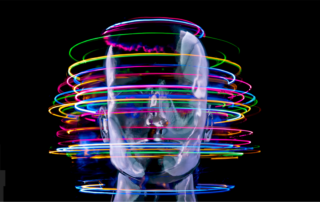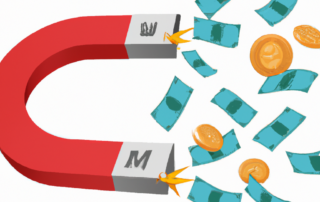Eco-labels Prompt Diners to Make More Sustainable Choices
Meat and dairy production causes considerable environmental damage, which most consumers are unaware of. Is the answer to this eco-labeling, where consumers are provided with a sustainability rating on product packing? Would consumers welcome this information, and would it promote consumers to make sustainable choices?
Can Behavioural Insights Help Us Improve Our Relationship With Ourselves?
While it’s true that self-confidence partially comes from the feeling that the people around us approve of us (something we can’t control), what we can control is how much emphasis we place on others’ opinions. Several of the thoughts that undermine - if not entirely diminish - our self-confidence come from systematic errors in judgement. Despite being commonly applied to economic decision-making, behavioural insights may explain how we, at times harshly and irrationally, judge ourselves.
A Practitioner’s Guide to Leveraging Behavioral Insights
Many behavioral interventions offer win-wins to firms, governments, and other stakeholders. However, research has shown that experts do a poor job predicting the effectiveness of behavioral interventions. This article aims to help calibrate forecasts of an intervention's effectiveness. I outline six steps to help assess whether a published effect is likely to be useful in practice.
More Conversions With Social Media Targeting: Lessons From Behavioral Biology
Targeting the right customers with the right message is one of the most established strategic goals in marketing. However, traditional approaches to targeting can often end up being ineffective and sometimes even harmful to brands. In this article, we discuss a framework for social media targeting based on insights from behavioral biology.
The Psychology of Debt Collection
More and more people struggle with debt, and while people differ in their motivations, preferences, and their reasons not to pay, debt collection practices rarely take these factors into account. Using psychological insights, debt collection can be made more debtor-friendly and effective. The results: increased repayments for companies and a lower financial burden for consumers.
Empathizing With Future Selves
We’re generally poor at predicting how events will impact future states of happiness. And yet, if we’re going to make good decisions in the present, we need to empathize with our future selves at some level. How can we reconcile this? The answer may lie with art, visualization, and social cognition.







